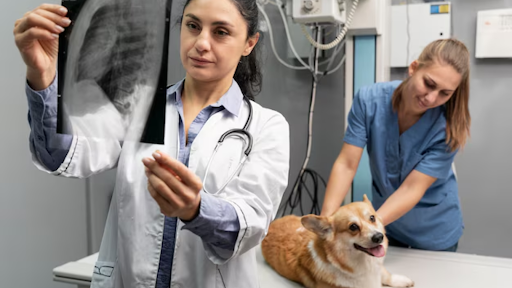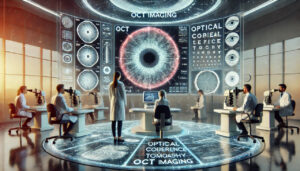Noticing changes in your pet’s behavior or health can be worrying. You might ask: “Is this something serious?” or “Do they need a specialist?” Sometimes, routine check-ups are not enough to detect hidden issues. This is where a veterinary imaging center becomes essential.
With advanced tools like X-rays, ultrasounds, and CT scans, vets can pinpoint problems that are otherwise invisible.
How do you know if your pet needs these tests? What signs indicate that it’s time to seek help?
By recognizing early warning signals, you can take action before minor concerns escalate into major health problems. Transitioning from basic exams to Veterinary Radiology services can provide clear answers, guide treatment plans, and give you peace of mind about your pet’s well-being.
Key Signs Your Pet Needs Imaging
If your pet shows unusual symptoms, it might be time to consult a veterinary imaging center. Watch for these warning signs:
1. Persistent Limping or Mobility Issues
Is your pet struggling to walk, jump, or run like before? Limping that doesn’t improve could indicate fractures, joint problems, or soft tissue injuries. Imaging helps reveal the exact cause and severity.
2. Sudden Changes in Appetite or Weight
A rapid drop or increase in weight without dietary changes may signal internal issues. Ultrasounds or X-rays can uncover organ problems or tumors before they become severe.
3. Breathing Difficulties
Labored breathing, coughing, or wheezing can suggest lung, heart, or airway concerns. Veterinary Radiology can help identify the source, whether it’s fluid buildup, blockages, or structural abnormalities.
4. Unexplained Swelling or Lumps
Not all lumps are obvious from the outside. A scan can determine if swelling involves bones, organs, or soft tissues, helping to rule out serious conditions.
5. Persistent Vomiting or Diarrhea
Ongoing digestive issues may point to obstructions, foreign objects, or organ inflammation. Imaging provides a clear view to guide treatment effectively.
6. Trauma from Accidents
After falls, car accidents, or other injuries, even if your pet seems okay, unseen internal damage is possible. X-rays or CT scans can detect fractures, internal bleeding, or nerve damage that physical exams might miss.
7. Neurological Symptoms
Sudden weakness, seizures, or unusual behavior could indicate spinal or brain issues. Imaging is often the fastest way to locate the problem and plan intervention.
How a Veterinary Imaging Center Helps
Visiting a specialized center offers multiple advantages:
- Accurate Diagnosis: Imaging pinpoints exact issues, reducing guesswork.
- Better Treatment Planning: Clear visuals help vets decide on surgery, medication, or therapy.
- Early Detection: Problems like tumors or organ damage can be treated sooner.
- Peace of Mind: You know exactly what your pet is facing, removing uncertainty.
By using tools like Veterinary Radiology, these centers make it easier to provide precise care tailored to your pet’s needs.
What to Expect During a Visit
When you take your pet for imaging:
- Initial Assessment: The vet will review symptoms and history.
- Preparation: Depending on the scan, your pet may need sedation or fasting.
- Imaging Procedure: X-rays, ultrasounds, or CT scans are performed safely and efficiently.
- Review Results: The vet interprets images and discusses treatment options with you.
This process is usually quick, minimally stressful, and highly informative for both acute and chronic conditions.
How to Support Your Pet at Home
After imaging, your role is crucial:
- Follow Instructions: Administer medications or care as advised.
- Monitor Changes: Track appetite, mobility, and behavior for improvements or setbacks.
- Modify Activity: Restrict or encourage movement based on the vet’s recommendations.
- Keep Follow-Ups: Regular check-ins ensure recovery stays on track.
Early attention combined with professional imaging often prevents complications and improves recovery chances.
Final Thoughts
Recognizing the signs that indicate a visit to a veterinary imaging center can save your pet from prolonged discomfort and serious health issues. From unexplained limping to neurological changes, paying attention to warning signals allows you to act proactively. With tools like X-rays, ultrasounds, and advanced Veterinary Radiology, vets can identify hidden problems, create effective treatment plans, and help your pet live a healthier, happier life. Taking swift action when warning signs appear ensures the best outcomes, giving you confidence that your furry companion is receiving the care they truly need.






